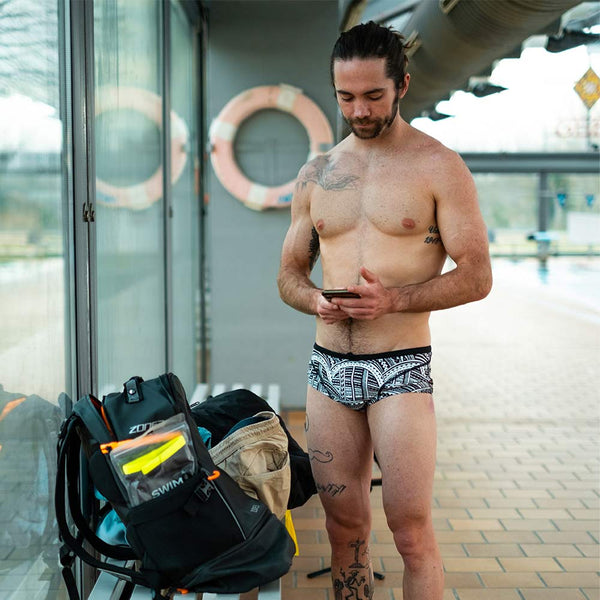We recently caught up with ZONE3 Ambassador and Pro Triathlete James Shalvoy to take a look at how we can best prepare to swim before we enter the water. Ideal for early morning race starts and daily training sessions it is important to stay mobile and to activate the correct muscle before applying resistance in the water.
The warm up is arguably the most important part of each training session -- especially the swim. Its main purpose is to properly activate the muscles and cardiovascular system before the beginning of each session. So why is this so important? Not only does a proper warm up allow athletes to effectively complete the session, but it also plays a major role in injury prevention.
Muscle activation, in general, is a key component to effectively tackling each training session of the day. Starting a swim or a run with cold muscles usually leads to the athlete feeling slow and lethargic. Additionally, starting a session without a proper warm up can result in injuries because of the swim-specific demands put on "at risk" muscle groups i.e. the shoulders. Instead, a proper warm up will allow all the muscles that will be used to essentially "wake up" and be ready to do the work required. Warming up is a way to gently increase heart rate which pumps oxygen rich blood into the muscles while also activating the neurological connections between the brain and the muscles.
Swimming, especially, is an activity greatly improved with a warm up because of the demands of proper technique to swim efficiently. Swimmers need a wide array of muscles to not only be warmed up and prepared for the session, but they must also be primed to move in the specific ways required to swim soundly.
So what does a proper warm up entail? I prefer to begin with general movements to activate the entire body and then progress into more acute, swim specific activation patterns.
- Jumping Jacks - These are good for elevating heart rate and moving fresh blood around the entire body.
- Arm Swings - Effective for introducing swim-like movements without any load bearing.
- Dynamic Stretching - My favourite is the "active" doorway stretch. Put your hands on a doorframe at about shoulder height, and gently rock your body forwards and back to begin to stretch out the pectorals as well at the back.
- Band Work - This is highly specific to each swimmer, but the concept behind using the bands is to slowly introduce load bearing to the muscles. Think about swim-specific movements (i.e. high elbow catch, body rotation, finishing push at the hip, etc.) and do these movements with increased resistance from a stretch band.
As mentioned before, the warm up is very specific to each swimmer, and we must take into account our weaknesses and target areas and movements. I prefer to warm up for 5-10 minutes, and there are plenty of athletes who do much more and less. Take some of these ideas into consideration, and experiment to find which warm up pattern gets you swimming fast and injury free!
Written by Pro Triathlete, James Shalvoy – USA











